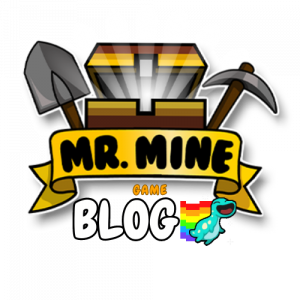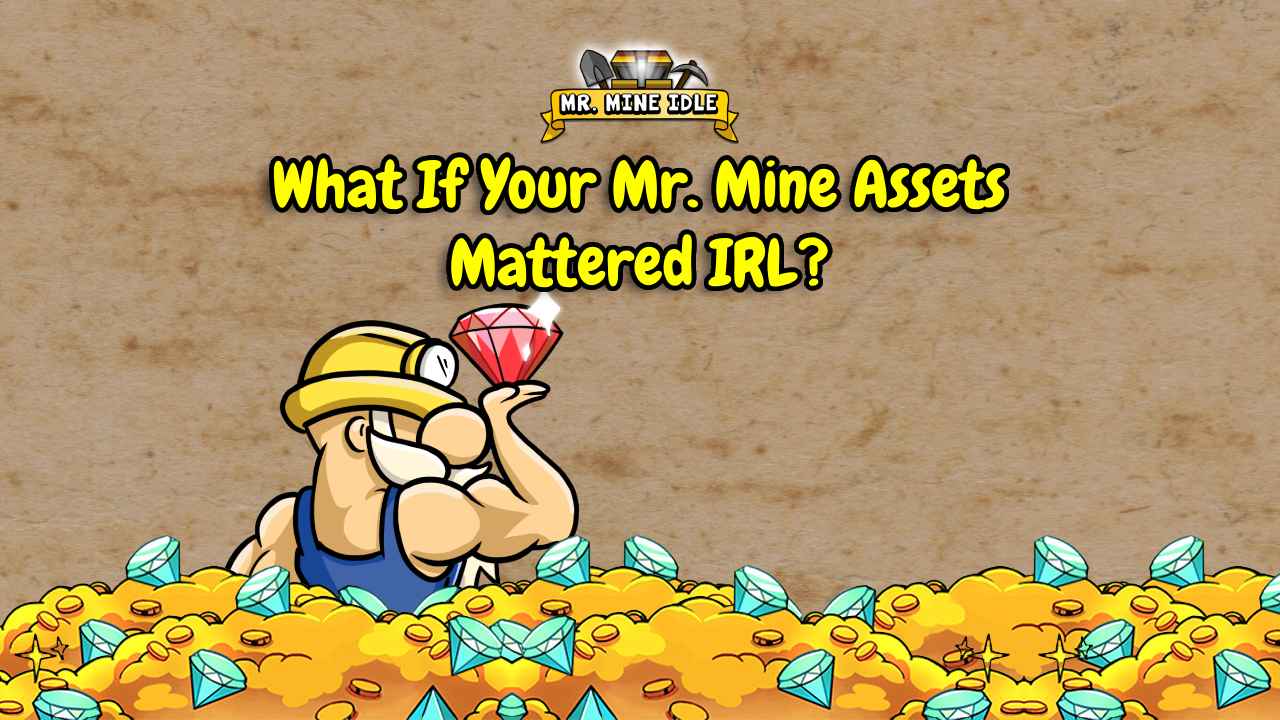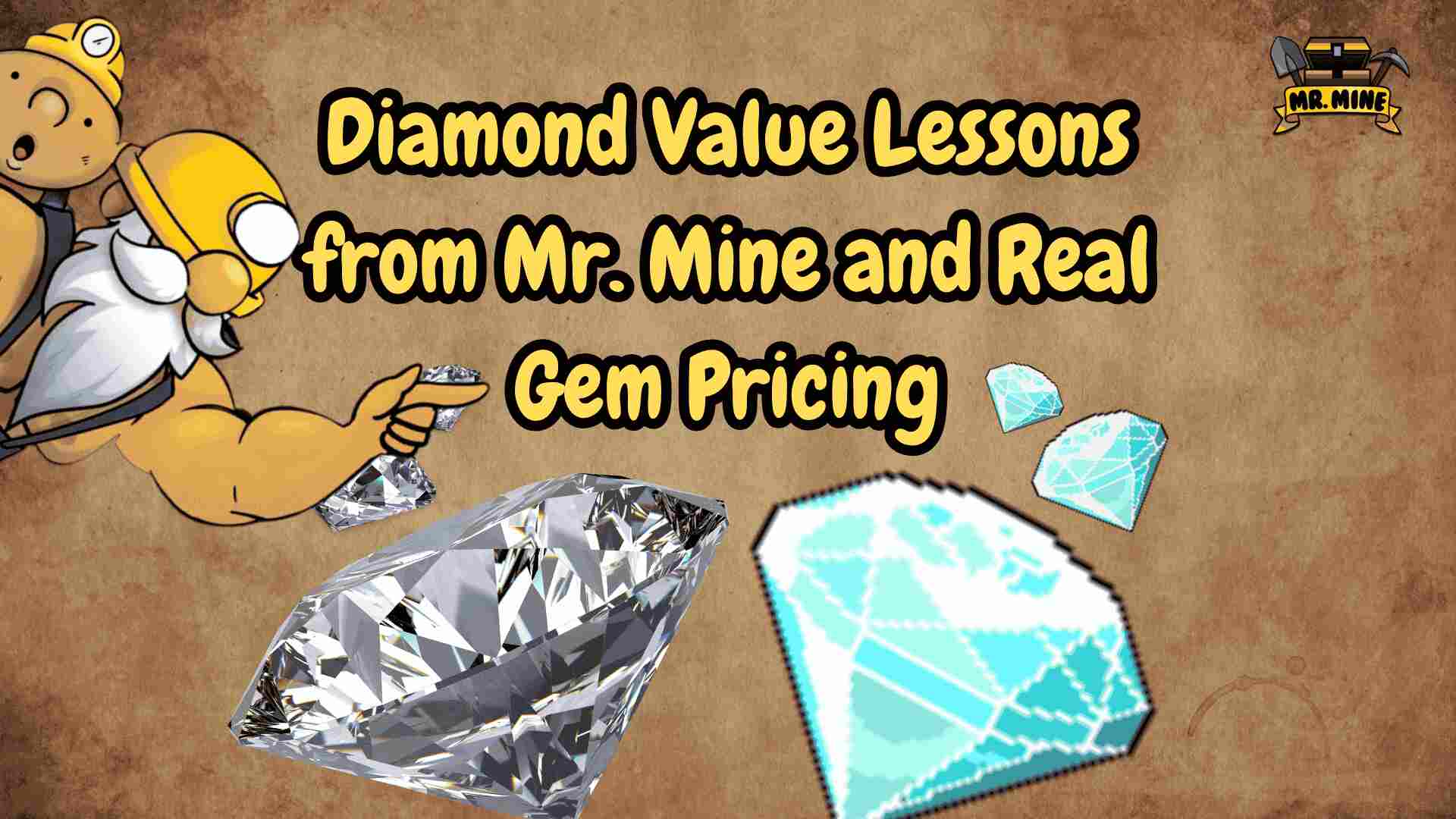Mr. Mine Idle, developed by Playsaurus, is a standout in mining games, captivating gamers with its idle mining mechanics.
You dig into a mineshaft, starting with coal, the game’s first resource, which fuels early progress in this clicker game. Coal’s role sparks curiosity about its real-world value, bridging Mr. Mine gameplay with mining facts.
So, how much is coal worth? This article answers that question, connecting the game community to the economics of this humble mineral in the best mining games.
Understanding Coal in Mr. Mine Idle
Coal is the heart of early Mr. Mine Idle progress, mined in the shallow mineshaft layers.
You start at 0km, where coal is abundant, especially between 0-10km, making it the most common mineral in these depths.
Miners, hired through the Hire Center, automatically extract coal with each tick. Or you can click manually on the coal node for faster mining.
Coal sells for $1 per unit at the Sell Center. With the money from selling coal, you can hire more miners, boosting efficiency in Mr. Mine.
In addition, coal is used in many upgrades and drill blueprints. So, it’s best to keep some of them for effective progression.
As you dig past 10km, coal’s frequency drops, giving way to minerals like copper. This reflects geology games where deeper layers yield rarer resources.
Mr. Mine’s progression keeps the game community engaged, learning mining facts through fun.
How Much is Coal Worth in the Real World?
Coal’s worth in reality, unlike its role in mining games for free, fluctuates with global markets.
As of June 6, 2025, coal prices hover around $104 per metric ton, though quality and region matter. Indonesian grades fetch $46.20 per ton, while Australian grades hit $66.84.
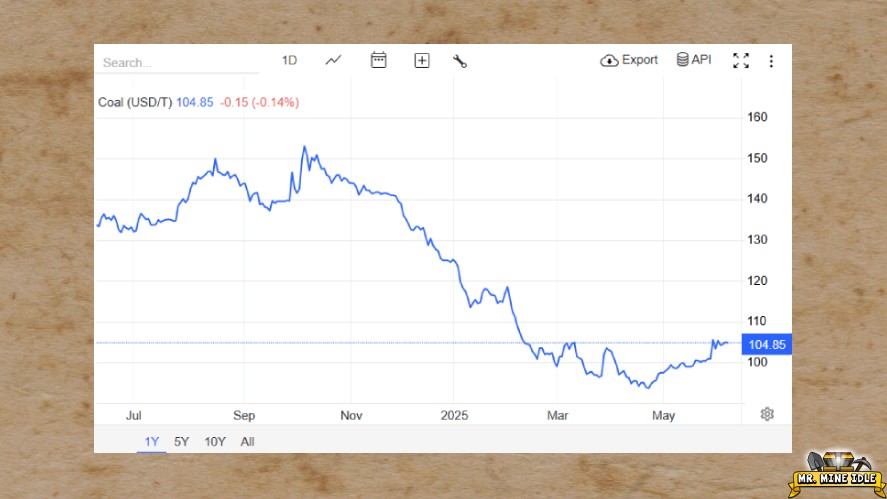
Demand from power sectors in China and India drives prices, but renewables and geopolitics, like Russia’s export shifts, push costs down.
These facts about mining show coal’s complex value, far beyond its simple start in Mr. Mine.
Comparing In-Game and Real-World Coal
In Mr. Mine Idle, coal’s value is a straightforward $1 per unit.
Real-world coal, priced at $104 per metric ton (as of June 6, 2025), equates to roughly $0.000104 per unit (1 ton = 1,000,000 units), a stark contrast to the game’s simplicity.
This abstraction in mining games ignores market dynamics like demand spikes in Asia or geopolitical tensions affecting the cost of coal.
Mr. Mine simplifies economics for fun. It lets you sell coal instantly without shipping costs or quality grades, unlike real facts about mining.
This streamlined approach in incremental games keeps the game community focused on progression, not complex market fluctuations.
The Educational Perspective
Mr. Mine Idle shines as a safe kid game, teaching basic economics through idle mining mechanics.
You learn supply and demand by selling coal to fund upgrades, mirroring real-world resource valuation in a simplified form.
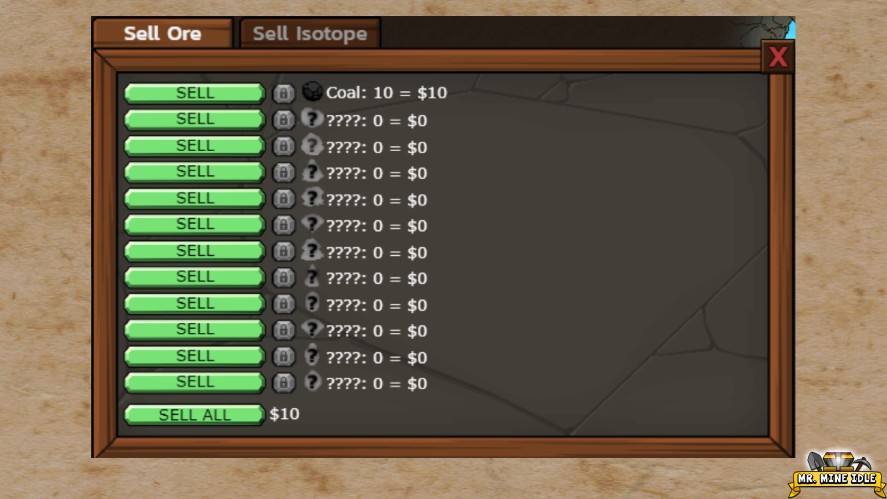
This mining game sparks curiosity about geology games, as digging deeper reveals rarer minerals, akin to mining facts about Earth’s layers.
For young players on Coolmath Games, it can ignite interest in industries like coal mining, where the cost of coal reflects global markets.
By engaging the game community, Mr. Mine highlights why understanding resource value matters, both in clicker games and real-world economies, fostering a bridge to learning.
Conclusion
Comparing coal in Mr. Mine Idle to its real-world cost of coal reveals a fascinating gap—$1 per unit in Mr. Mine versus $0.000112 per unit globally, showing how mining games simplify economics for fun.
This mining game not only entertains but also educates, teaching game community players about resource value.
Consider the real-world implications of coal as you dig in this clicker game, and explore resources using our mining facts category to deepen your mining facts knowledge.

